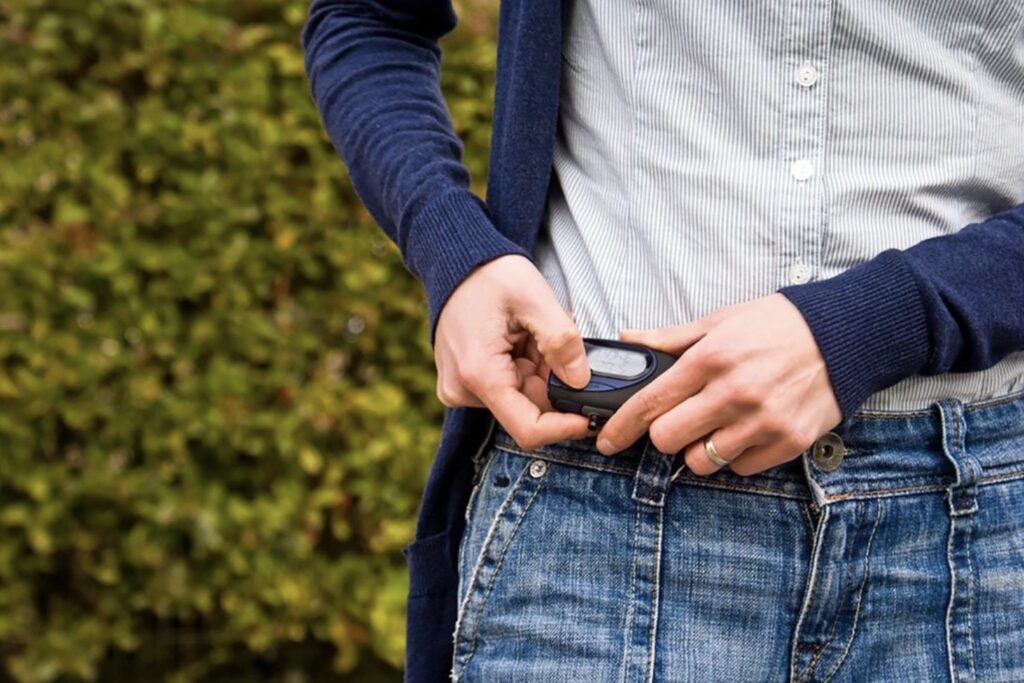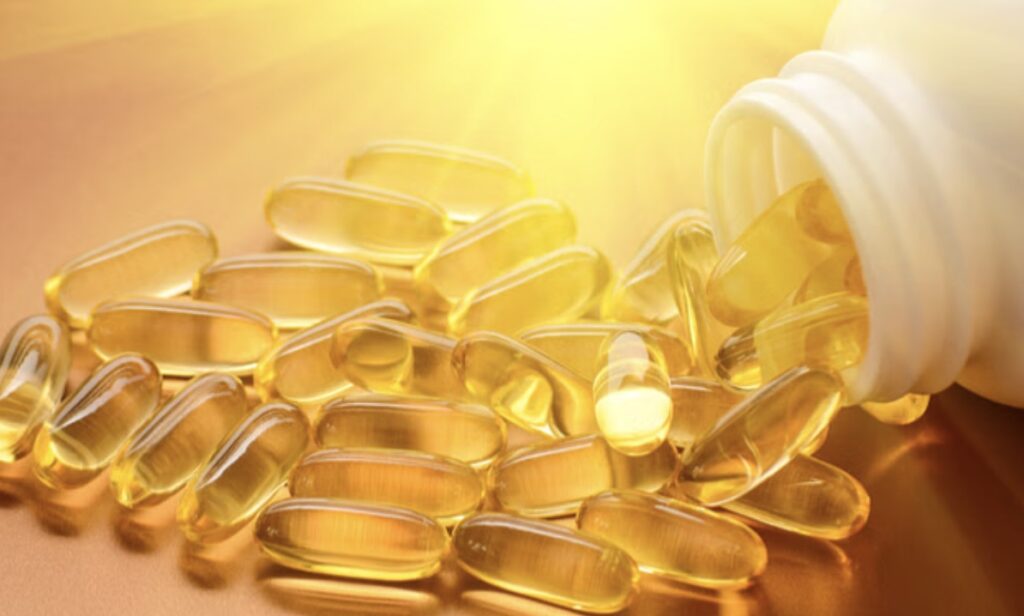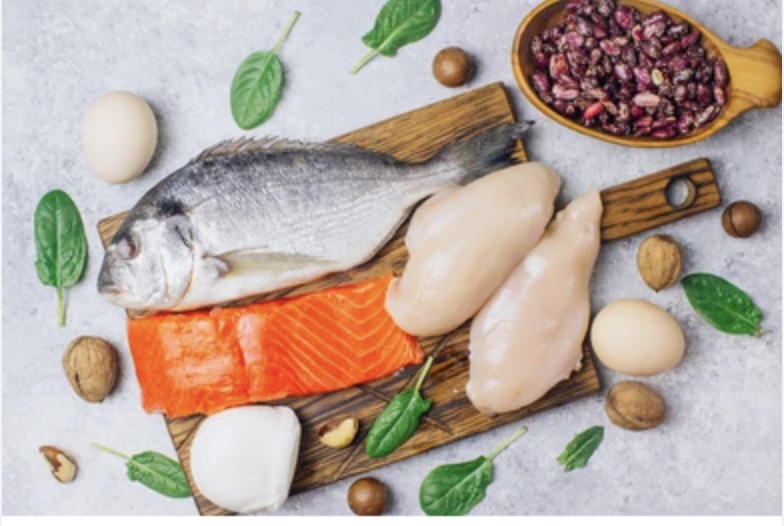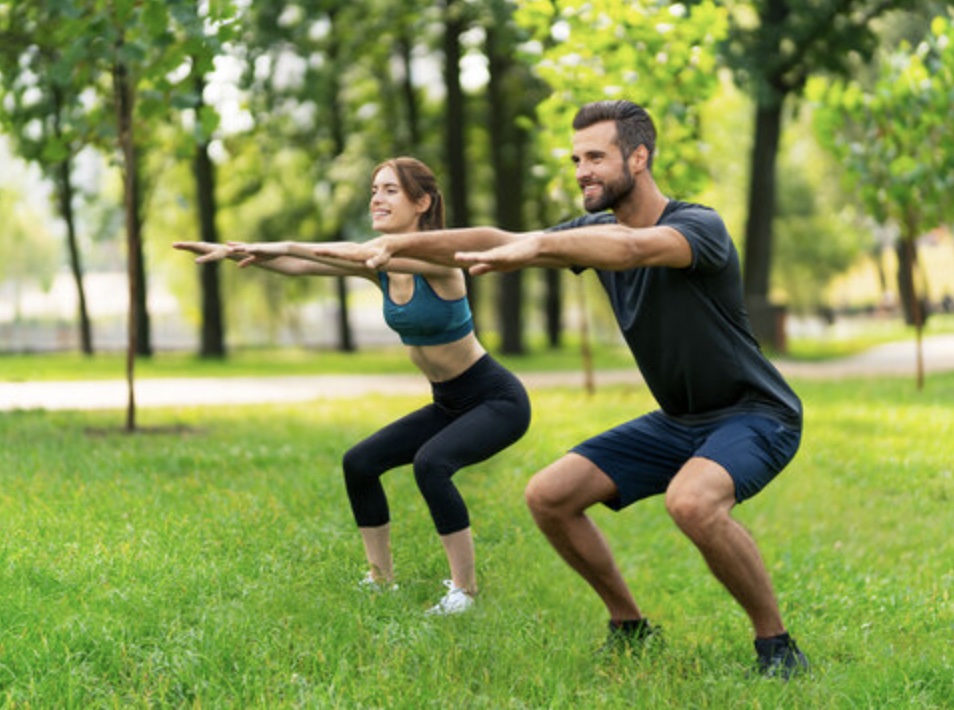Warning! Losing Muscle is Dangerous: Muscle Loss Starts in Your 30s, and While Using Ozempic: Gain Muscle With 7 Easy Steps
- At February 15, 2024
- By Katherine
- In Aging-In-Place, Articles, News
 0
0

Muscle Loss is a new and dangerous side effect of using Ozempic, but it can easily be prevented. It’s not just about aesthetics! Muscle loss can ruin your quality of life, devastate your health, and increase your risk of early death. It is linked with chronic inflammation, a compromised immune system, an increased incidence of infections, diabetes, cancer, heart failure, respiratory failure, renal failure, and sepsis (blood poisoning). It leads to aging, and becoming frail prematurely. You’re more likely to fall, become hospitalized, and unable to perform activities of daily living.
In other words: Don’t lose muscle!
STRATEGIES
1)Vitamin D increases muscle mass, strength, power, and velocity, while lowering body fat. It’s important, though, to take the right amount. And that’s where your doctor comes in. The only way to determine what amount of Vitamin D supplement you need is to get regular blood tests. Everyone’s requirements are different, and should be individualized. Studies show blood levels of 50 to 70 are necessary for good health. I recommend you take 1,000 to no more than 4,000 IU daily.
2)Collagen peptide supplements have been shown to boost muscles and lower body fat. It has other benefits, too. For decades, it’s been established that collagen supplementation increases bone strength, density, and mass; improves joint stiffness/mobility, and functionality, while reducing pain. These aspects are associated with bone loss due to aging, and damage caused by strenuous physical activity. It also enhances your skin. This review of studies to date has found collagen lessens skin aging by minimizing wrinkles, lowering skin roughness, boosting moisture, strengthening skin, its layers, and building up skin collagen. More good news is that studies show taking oral collagen has no side effects. So you have nothing to lose, and everything to gain (except body fat) by supplementing your eating with collagen.
4) Yogurt daily, with its essential probiotics, burns fat, reduces insulin resistance, and increases muscle. Eat any kind of lowfat yogurt every day. The more, the better, if you’re eating fat free or low fat versions (the whole milk yogurts will increase your cholesterol levels). Greek yogurt contains very high protein levels for very few calories.
5)Protein is essential your entire life, but especially when you’re over 30, or when you’re losing weight quickly – an inevitable situation for most people taking Ozempic. Eating enough high protein foods is essential because losing muscle not only endangers your health, you become a thinner flabbier self! Internationally recognized professional organizations recommend protein intakes that are double the current Recommended Dietary Allowances (RDAs). In fact, joint recommendation by the Academy of Nutrition and Dietetics, Dietitians of Canada, and the American College of Sports Medicine are that we eat 1.2 to 2.0 grams of protein per kg of body weight each day (that’s 0.54 grams per lb. of body weight each day – to – 0.9 grams of protein per lb. each day).
The practical: One way to figure out if you’re getting the right amount of protein is looking at the Nutrition Facts Panel of foods that you buy and adding up the grams of protein in a meal and in a day. But since you’re not going to always eat food with labels, another measure is that one ounce of animal protein, and one egg, contains 7 grams of protein. Whole grains have about 2 grams per ounce (1 slice of bread or 1 ounce of cereal). 1/2 cup of legumes contain about 8 grams of protein.
High Protein Foods versus Protein Supplements: Protein supplements significantly increase blood glucose after exercise, when compared with high protein food. Both conditions increase blood insulin after exercise, which helps convert glucose to energy you can use. High protein foods are digested slower than protein drinks. That means your body is able to absorb more protein from one meal, according to this study in the Journal of The International Society of Sports Nutrition. Established research suggests that your body cannot absorb over 25 to 35 grams per meal, or eating occasion, depending on the person. Hint: Eat yogurt through the day to fill these requirement.
Timing: To be absorbed and to increase muscle effectively, eat high protein foods 3 to 4 times a day. Also, eat a protein-containing meal immediately before, or immediately after exercise. Eating your meal before or after exercise can depend on your personal preference, your schedule or how the meal makes you feel. For instance, does eating the meal before exercise make you feel too full and hamper your efforts? If so, try a smaller meal, or switch to eating the meal after exercise, instead of before. I recommend eating nonfat or fat free Greek yogurt as snacks between meals so your body can absorb more through the day.
Meal composition: In order for protein to be absorbed and to get the desired muscle increase and fat decrease, your meal must be mixed with a carbohydrate containing food. Yogurt is perfect. It’s a mix of carbohydrate and protein, with Greek yogurt being higher in protein than traditional European styles, plus your daily probiotic requirement. Its low calorie content, as long as it is low fat, means you can eat it throughout the day to satisfy the timing requirements.
6)Weight training is critical for gaining muscle. That doesn’t mean you need a complicated regimen, or to go to the gym. A simple weight training routine is all you need. All it takes is a few minutes of your time, and about five different exercises to gain muscle in your major muscle groups. The Mayo Clinic has guidelines you may find helpful. Weight training doesn’t have to be hard. You can search for routines you can do in your own home, that don’t require any equipment, and only take up the amount of time you’re comfortable with. Look up Women’sHealth Magazine’s “28 best bodyweight workout videos to try now, from 5-50 minutes – without equipment.” There are many easy exercise routines on YouTube, too, including this 5 minute routine.
7)Cardio: Cardio burns body fat, while weight training doesn’t. Losing body fat is just as important as gaining muscle. Both cardio and strength training are important, but have separate benefits. Cardio burns body fat, it lowers blood cholesterol, pressure, glucose, and reduces the risk for cancer. There are many reasons why I strongly recommend walking over anything else for your daily cardio. a) Walking is just as effective as running or anything vigorous, b)Virtually everyone knows how to walk, c) You are less likely to injure yourself while walking as opposed to running, or anything else that’s more vigorous, d) You can walk anywhere, whether you’re shopping, in a museum, at the zoo, in your neighborhood, or on a beautiful path in nature, e) You get to enjoy the outdoors, fresh air, and sunshine, f) Chores are a necessity of life, and they usually require walking more than usual. Plus you get more gold stars for doing your chores, g) You can actually get somewhere with your feet, an under-appreciated body part. Studies show that walking for a purpose, like getting somewhere or doing chores, is more likely to be sustained.
Another of Katherine’s strong recommendations is to wear a pedometer to track yourself. More than a decade of studies show monitoring your steps motivates you to walk more (of course, I knew this fact in the 1990s and was recommending pedometers way way back then!). Simply put: the more you walk, the more fat you burn.
How to begin a walking routine? The key here is to prevent excessive soreness and injuries. With that in mind, do not walk more than usual immediately. Get a baseline number of steps first. Once you’ve established your baseline – the average steps you’re already taking – use your highest step day – and walk that amount daily until you’re comfortable consistently. Once you’ve experienced no soreness with that level of walking, start increasing slowly. Try adding just 1,000 steps (about half a mile), and keep that up for a few days or more, until it gets too easy. Then I recommend you increase by 1,000 steps every few days to a week. Don’t worry. You’ll have plenty of time to achieve your steps goal.
There is no need to spend more than $50 on a pedometer. The clip-ons are better and more accurate than ones you wear on your wrist. Clip-ons actually measure steps, while the bracelets and watches measure your wrist movements. One of my clients got 10,000 steps a day … by knitting! 30 years ago, I recommended an Omron pedometer, and I still do today. You can find them on many websites














